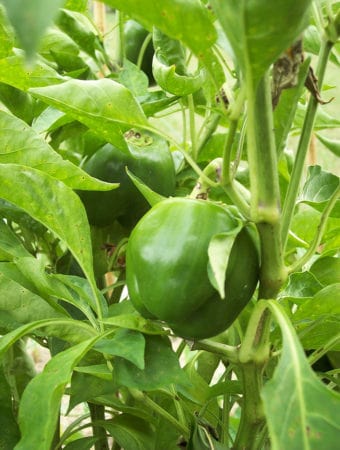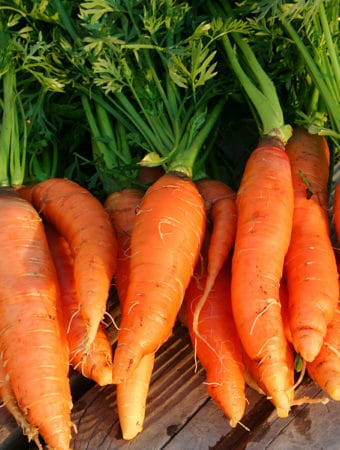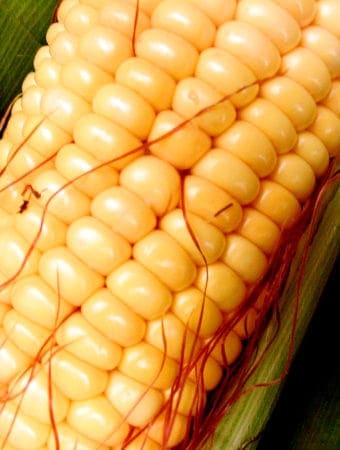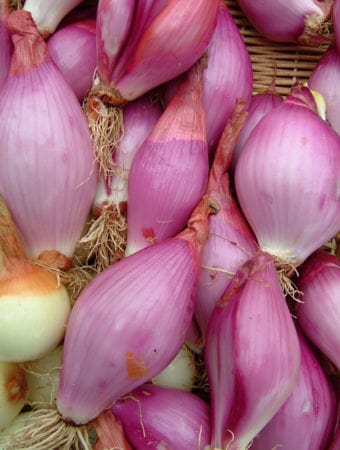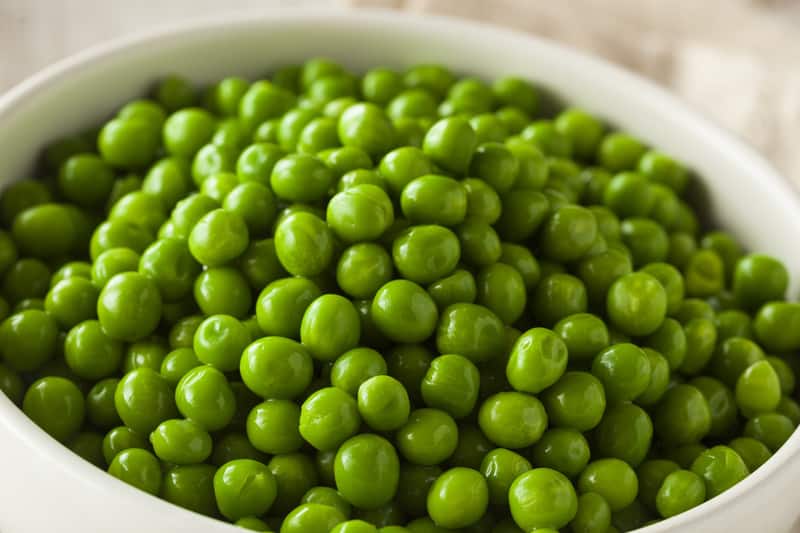
There are two kinds of peas: shelling peas that are shelled and the seeds are eaten either fresh or dried, and edible pod peas, peas that can be eaten whole–pod and seeds together–or shelled and the seeds eaten alone.
See also:
How to Cook and Serve Garden Peas
How to Cook and Serve Snow Peas
How to Cook and Serve Snap Peas
About Shelling Peas
- Shelling peas are valued for their seeds. Shelling peas are also called garden pea, green pea, baby pea, early pea, English pea, June pea, and by the French name petit pois. The seeds of the shelled pea are best eaten fresh shortly after they have been picked and shelled.
- Garden peas for shelling have parchment-like pods that are too stringy to eat. That’s why they are best shelled. (But you can add unshelled garden peas to soup broth for flavor.) Shelled garden peas are also called fresh peas. Shelled garden peas have wrinkled seeds and high sugar content. They are usually cooked as a vegetable.
- Shelling peas also include field peas that are left on the vine to mature and dry. Later these peas are harvested and shelled. Field peas have smooth, hard seeds and are easily stored. Smooth seeds are starchy and are most often used whole or split in soups, stews, or cooked and eaten plain.
- Common field peas are either yellow or green and are grown specifically for drying. Other field peas are the black-eyed pea, chickpea, and cowpea or southern pea.
Also of interest: How to Cook and Serve Garden Peas

About Edible-Pod Peas
- Edible-pod peas can be eaten whole, both seed and pod. Sugar snap peas and snow peas are edible-pod peas. Edible-podded peas can be served fresh or briefly cooked so that they don’t lose their crisp texture.
- Snow peas have translucent, bright green pods that are thin and crisp. Their seeds are tiny, tender, and sweet. Snow peas are known for their crunchy texture and sweet flavor. Snow peas are also called Chinese snow peas or mange-tout, a French term which means eat-all. Snow peas were developed in Holland. They were originally called Dutch peas, not Chinese snow peas. Also of interest: How to Cook and Serve Snow Peas
- Sugar snap peas—also called sugar peas–are a cross between English or garden pea and the snow pea. Sugar snap peas look like English peas (garden peas) but they are smaller, smooth, and curved, and they are sweet and crunchy with an edible pod like a snow pea. Sugar peas can be eaten either whole or shelled. Also of interest: How to Cook and Serve Snap Peas.
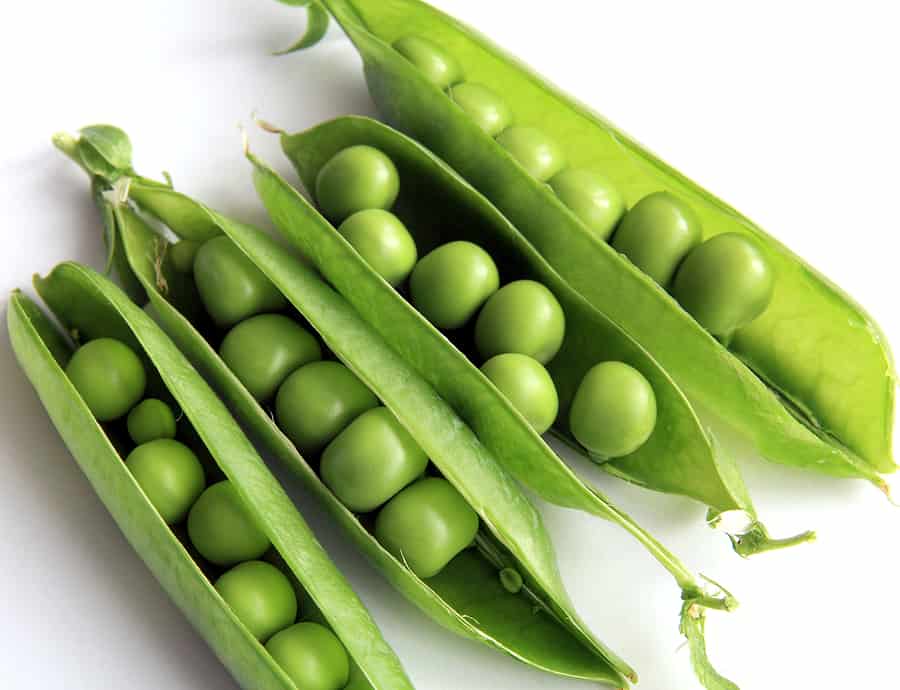
How to Choose Peas
- Peas for shelling should have a swollen cylindrical shape and should be bright green.
- Shell peas immediately after harvest for the sweetest flavor.
- Edible-podded peas are best harvested when they are 2-3 inches (5-7.5cm) long and before the seeds begin to swell.
- Field or dried peas will have withered or yellowed pods at harvest.
How to Store Peas
- Unshelled peas will keep in a plastic bag in the refrigerator for 1 to 3 weeks.
- Shelled peas will keep for one week in the refrigerator.
- Shelled peas not used immediately should be cooled as quickly as possible to 32ºF (0°C) to prevent the conversion of sugars to starch.
- Dried peas can be stored in a cool, dry place for 10 to 12 months.
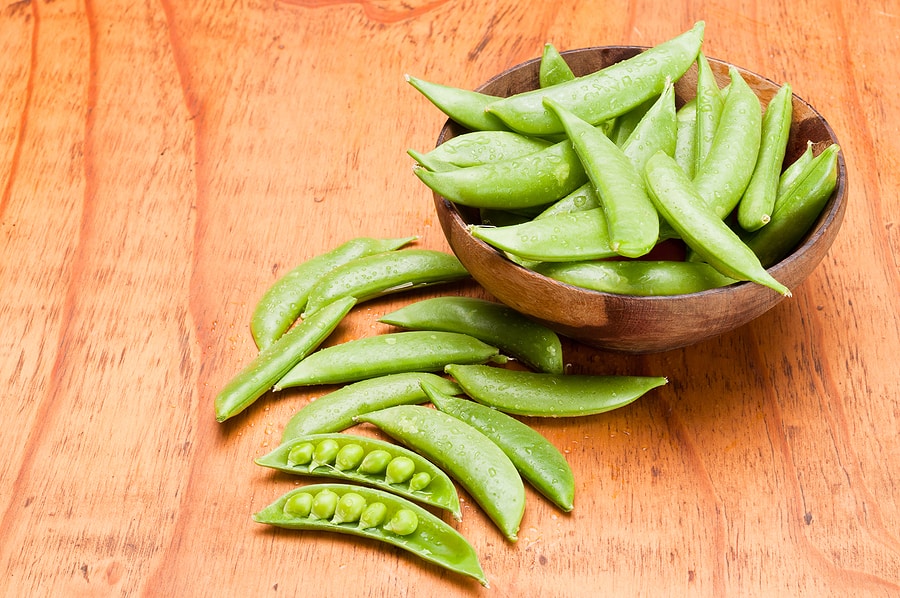
Get to Know Peas
- Peas are legumes. Legumes are plants whose seeds are borne in pods. Legumes include peas, beans, and peanuts.
- Peas are a cool-weather annual. They are planted just before the last frost and are harvested early in spring—called “early peas”, and late in spring—called “late early” or “maincrop peas.” Peas are also planted and harvested later in the year before the first frost in fall.
- Under cool temperatures, garden peas do not mature rapidly and can be harvested for several days. But when the weather warms, pea seeds accumulate starch rapidly and should be harvested and eaten quickly.
- Peas originated in Persia about 12,000 years ago. The earliest peas grew wild in bogs and were as large as marbles.
- From Persia, peas spread to Asia Minor, Palestine, Greece, and Rome, and from Rome to Britain and Europe.
- In classical Greece, peas were known as pison. Peas were a principal food for the poor during medieval times. The Old English word for peas was peason. In the eighteenth century, peason was shortened to peas.
- Dutch farmers during the sixteenth century were the first to develop small, sweet, tender garden peas. Those peas became a culinary craze in England and France during the seventeenth century.
- The English liked garden peas so much that they became known as English peas.
- The French gave ordinary peas harvested young the French name, petits pois.
- There are more than 1,000 varieties of peas.
Also of interest:




